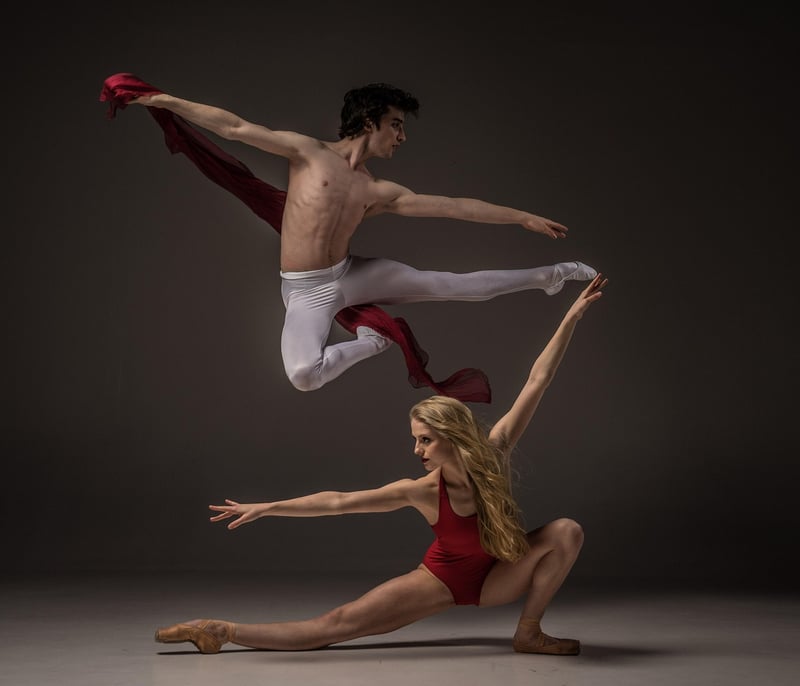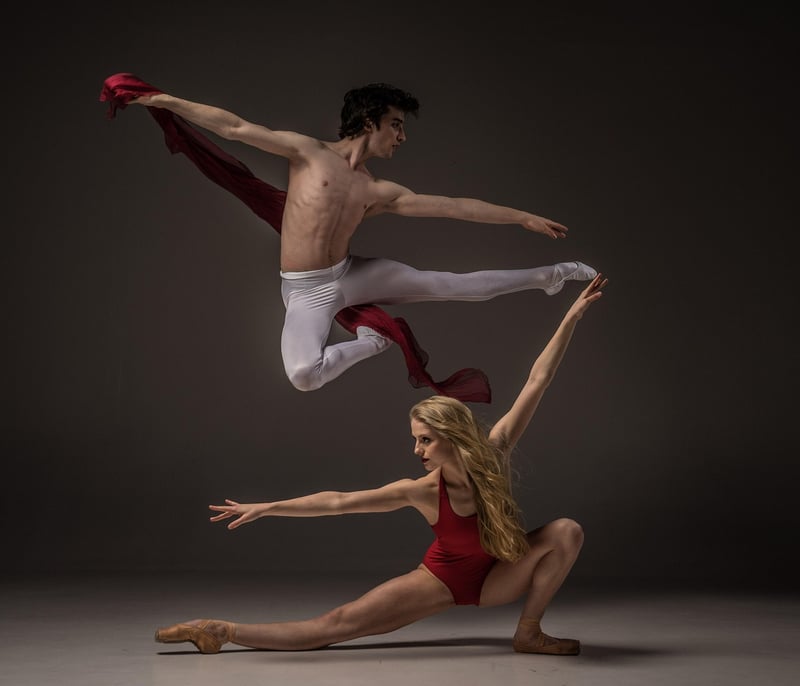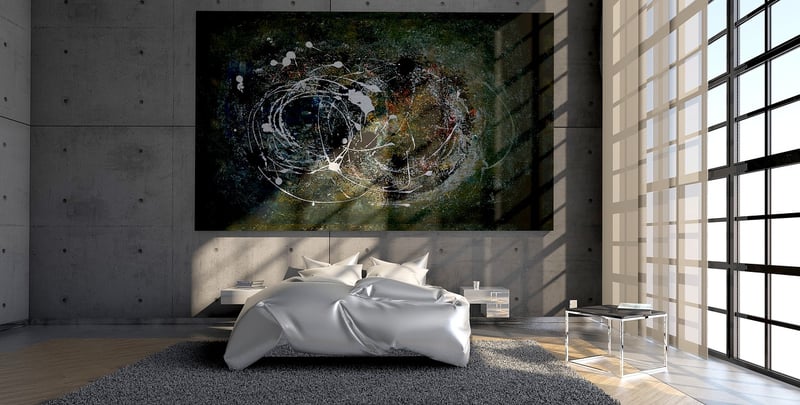Contemporary
Exploring Expressive Movement Forms in Contemporary Dance
Contemporary dance is a dynamic and ever-evolving art form that incorporates a wide range of expressive movement forms. From ballet to hip-hop, from modern dance to jazz, contemporary dance draws inspiration from various styles to create a unique and captivating experience for both dancers and audiences.
The Influence of Ballet
Ballet, with its graceful movements and technical precision, has had a significant impact on contemporary dance. Dancers often incorporate elements of classical ballet technique, such as turnout and pointed toes, into their contemporary choreography. This fusion of traditional ballet with modern movement styles results in a fluid and expressive dance form that is both visually stunning and emotionally resonant.

Embracing Hip-Hop
Hip-hop, with its urban and street dance origins, brings a raw energy and powerful storytelling to contemporary dance. Dancers use hip-hop movements like breaking, popping, and locking to infuse their choreography with a sense of rhythm and groove. The fusion of hip-hop with contemporary dance creates a vibrant and edgy performance that pushes boundaries and challenges conventions.

Modern Dance Innovation
Modern dance, known for its freedom of expression and experimental nature, has been a driving force behind the evolution of contemporary dance. Dancers draw inspiration from modern dance pioneers like Martha Graham and Merce Cunningham to create choreography that is abstract, unconventional, and thought-provoking. The influence of modern dance can be seen in the emphasis on emotion, intent, and individuality in contemporary dance performances.

Jazz Fusion
Jazz dance, with its syncopated rhythms and improvisational spirit, adds a dynamic and playful element to contemporary dance. Dancers combine jazz techniques like isolations, turns, and kicks with contemporary movement vocabulary to create a high-energy and engaging performance. The fusion of jazz with contemporary dance results in a versatile and eclectic dance style that appeals to a wide range of audiences.

In conclusion, the fusion of expressive movement forms in contemporary dance creates a rich tapestry of movement vocabulary and artistic expression. Dancers draw inspiration from a variety of dance styles to create choreography that is innovative, captivating, and emotionally resonant. By embracing the diversity of movement forms, contemporary dance continues to push boundaries, challenge norms, and inspire audiences around the world.
